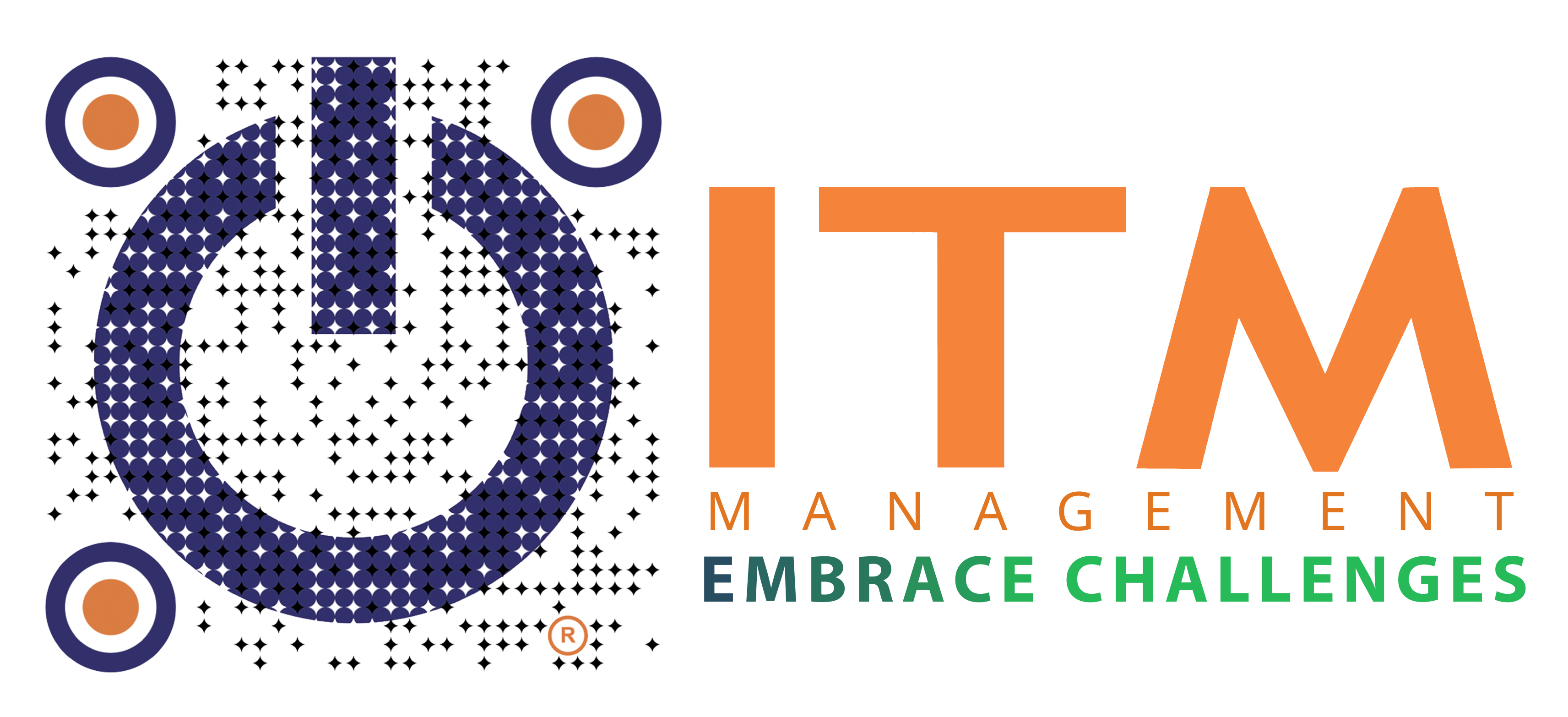Maintaining robust data security and compliance has become increasingly crucial. With cyber threats becoming more sophisticated and regulatory requirements becoming stricter, organizations must proactively safeguard their digital assets. This article delves into the essential strategies and best practices for ensuring secure and compliant data protection.
Guarantee Your Survival:
In the face of relentless cyber attacks, organizations must prioritize the security of their data backups. Attackers are well aware that disrupting an organization’s ability to recover from a breach can bring operations to a standstill. Therefore, it is imperative to implement comprehensive security measures that encompass all aspects of data protection, from backup storage to recovery processes. By ensuring the integrity and availability of backups, organizations can guarantee their survival in the event of a cyber incident.
Verify Security and Compliance:
To maintain a strong security posture, it is crucial to regularly review and assess the effectiveness of existing security practices. This includes evaluating the security measures implemented for data backups, analyzing potential vulnerabilities, and conducting penetration testing to identify any weaknesses. Additionally, organizations must adhere to industry-specific compliance standards such as HIPAA and GDPR. Regular audits and assessments should be conducted to ensure compliance with these regulations and to stay ahead of any evolving requirements.
Put the Spotlight on Cyberthreats:
As cyber threats continue to evolve, organizations must stay vigilant and proactive in identifying and mitigating potential risks. Implementing robust threat detection and monitoring systems can help organizations identify and respond to cyber threats in real-time. By leveraging advanced analytics and machine learning algorithms, organizations can gain valuable insights into their data environment, enabling them to detect anomalies and suspicious activities promptly. Timely detection and response are crucial in minimizing the impact of cyber incidents and ensuring data security.

Adopt the Radical Mindset:
In this era of digital transformation, IT departments are no longer just support functions but critical stakeholders in ensuring regulatory compliance and protecting digital assets. It is essential to cultivate a radical mindset that embraces a proactive rather than reactive approach to data security. This includes investing in advanced technologies, staying updated on the latest security trends, and fostering a culture of security awareness throughout the organization. By adopting this mindset, organizations can effectively mitigate risks and ensure long-term data security and compliance.
In an increasingly interconnected and threat-filled digital landscape, organizations must prioritize data security and compliance. By adopting a comprehensive approach that encompasses robust security measures, regular assessments, proactive threat detection, and a radical mindset, organizations can safeguard their data assets and ensure business continuity. With the right strategies and tools in place, organizations can navigate the complex world of data security and compliance with confidence, protecting their valuable data from cyber threats and regulatory breaches.
Maintaining robust data security and compliance has become increasingly crucial. With cyber threats becoming more sophisticated and regulatory requirements becoming stricter, organizations must proactively safeguard their digital assets. This article delves into the essential strategies and best practices for ensuring secure and compliant data protection.
Guarantee Your Survival:
In the face of relentless cyber attacks, organizations must prioritize the security of their data backups. Attackers are well aware that disrupting an organization’s ability to recover from a breach can bring operations to a standstill. Therefore, it is imperative to implement comprehensive security measures that encompass all aspects of data protection, from backup storage to recovery processes. By ensuring the integrity and availability of backups, organizations can guarantee their survival in the event of a cyber incident.
Verify Security and Compliance:
To maintain a strong security posture, it is crucial to regularly review and assess the effectiveness of existing security practices. This includes evaluating the security measures implemented for data backups, analyzing potential vulnerabilities, and conducting penetration testing to identify any weaknesses. Additionally, organizations must adhere to industry-specific compliance standards such as HIPAA and GDPR. Regular audits and assessments should be conducted to ensure compliance with these regulations and to stay ahead of any evolving requirements.
Put the Spotlight on Cyberthreats:
As cyber threats continue to evolve, organizations must stay vigilant and proactive in identifying and mitigating potential risks. Implementing robust threat detection and monitoring systems can help organizations identify and respond to cyber threats in real-time. By leveraging advanced analytics and machine learning algorithms, organizations can gain valuable insights into their data environment, enabling them to detect anomalies and suspicious activities promptly. Timely detection and response are crucial in minimizing the impact of cyber incidents and ensuring data security.
Adopt the Radical Mindset:
In this era of digital transformation, IT departments are no longer just support functions but critical stakeholders in ensuring regulatory compliance and protecting digital assets. It is essential to cultivate a radical mindset that embraces a proactive rather than reactive approach to data security. This includes investing in advanced technologies, staying updated on the latest security trends, and fostering a culture of security awareness throughout the organization. By adopting this mindset, organizations can effectively mitigate risks and ensure long-term data security and compliance.
In an increasingly interconnected and threat-filled digital landscape, organizations must prioritize data security and compliance. By adopting a comprehensive approach that encompasses robust security measures, regular assessments, proactive threat detection, and a radical mindset, organizations can safeguard their data assets and ensure business continuity. With the right strategies and tools in place, organizations can navigate the complex world of data security and compliance with confidence, protecting their valuable data from cyber threats and regulatory breaches.







